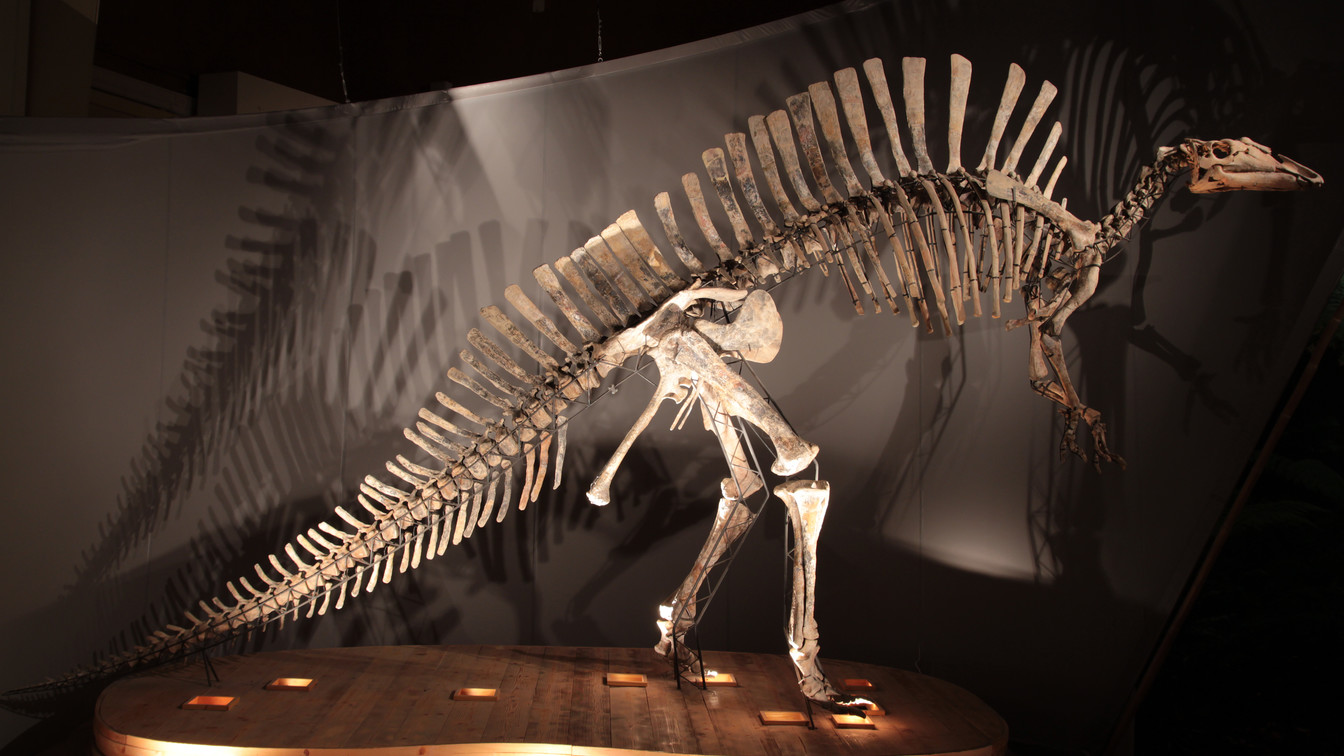

While it is true that in common understanding the term “museum” is often used to refer to a place full of dust and almost forgotten, this is absolutely not the case when it comes to the Giancarlo Ligabue Natural History Museum in Venice. And manager Luca Mizzan is keen to reiterate that.
The Venice Natural History Museum is not a museum because it is a living and vital place of research that now holds around two and a half million pieces. It is not a museum because a hundred years ago, in 1922, it was founded precisely as a place for education reserved for schools and it only opened to the public the following year. It is not a museum because, here, that which is normally forbidden (touching the works and exhibits) is a compulsory part of the experience. It is not a museum because it was here, in the early 1980s, that we opened Italy's first Environment and Nature Education Center.
“There is only one culture. Recognizing a painting or artistic movement is as important as scientific literacy. It is essential to form informed citizens, to make choices in health, energy or any other field. So this institution must never become a 'museum,' it must remain a place of research with a vocation for dissemination and education” . L. Mizzan
One hundred years of history is a long time. But some of the pieces on display in the splendid ‘Fontego dei Turchi’ are much, much older. Such as the 7-meter-long complete skeleton of an Ouranosaurus nigeriensis dated 100 million years ago, or the fossilized jellyfish or seafloor sedimenti with fossilized bacteria dated over a million years. Pieces of enormous scientific value, but also pillars of scientific research itself, since they are inherited from the collection of the Correr Museum (before the art part was moved to St. Mark's Square, where it is based today). But there are also collections of herbs, algae or animals that boasting the greatest variety in the world and an exhibit that won a prestigious international award in 2011.
“The latest frontier of the public with whom we are working is unaccompanied minors,” Mizzan continued. “These are children and young people who arrive in Italy alone, without parents or relatives. Young people fleeing their countries who often do not even speak English. There are rarely any cultural educators available beyond the languages and ethnicities most commonly found in Italy, so science and an informal context function as a universal language. And the results, as the educators confirm, are obvious.”
The celebration of the museum's 100th anniversary also featured a gift. A new ambassador: a giant crab identical in every way (except that this one is eight feet tall) to those found in the lagoon. A tribute to the wonderful, and very delicate, Lagoon of Venice.
“The importance of this museum to the city and its scientific value on a national and international level,” says Mayor Luigi Brugnaro, “is evidenced by the continuous donations received even in modern times, such as those of inestimable value made by Giancarlo Ligabue. The truly exceptional dinosaur skeleton and the huge fossilized crocodile have enriched the scientific heritage of the museum, of which this city, famous for its historical and architectural beauty, is rightly very proud.”
One hundred years of history for a museum that has never felt younger.
❦